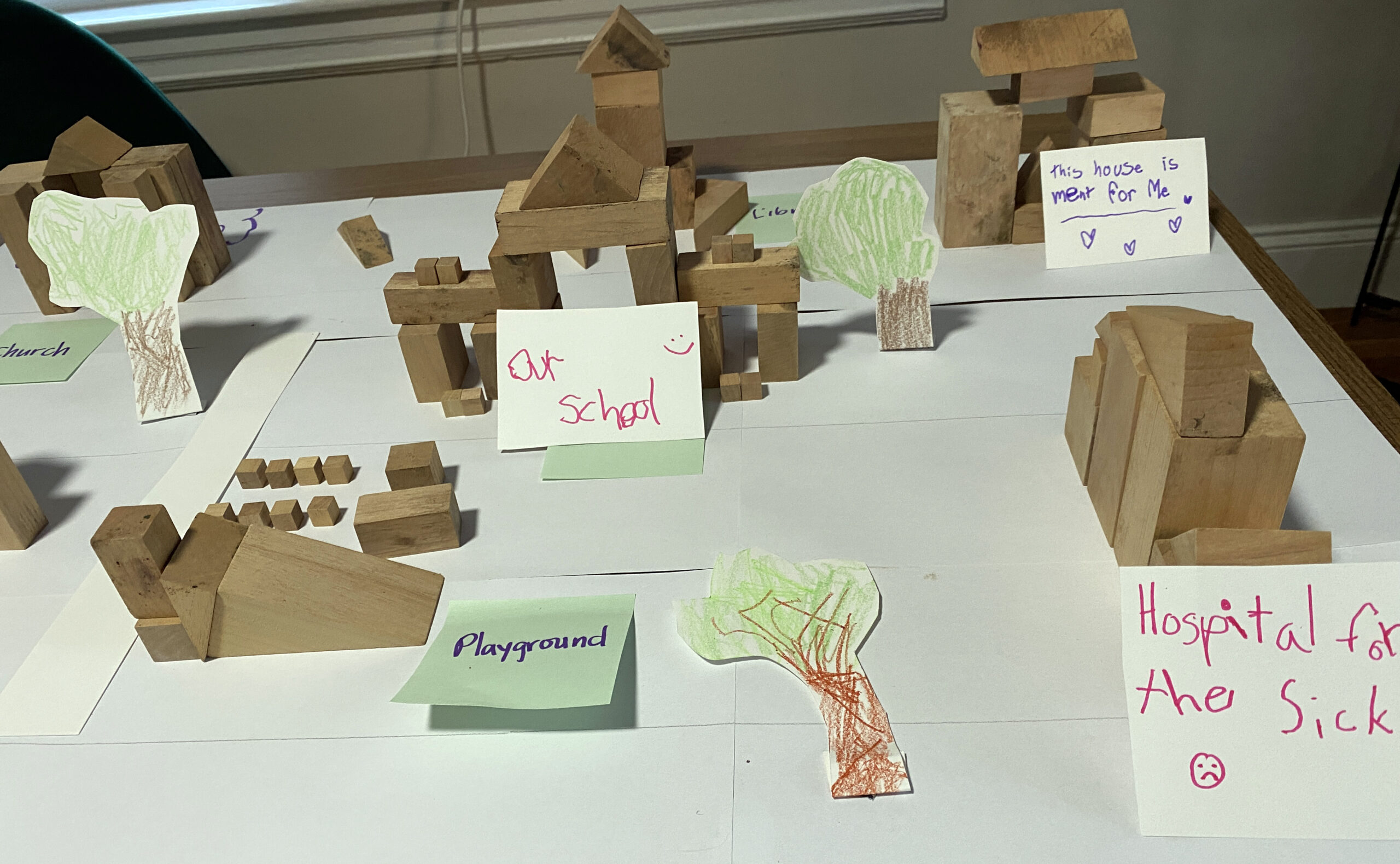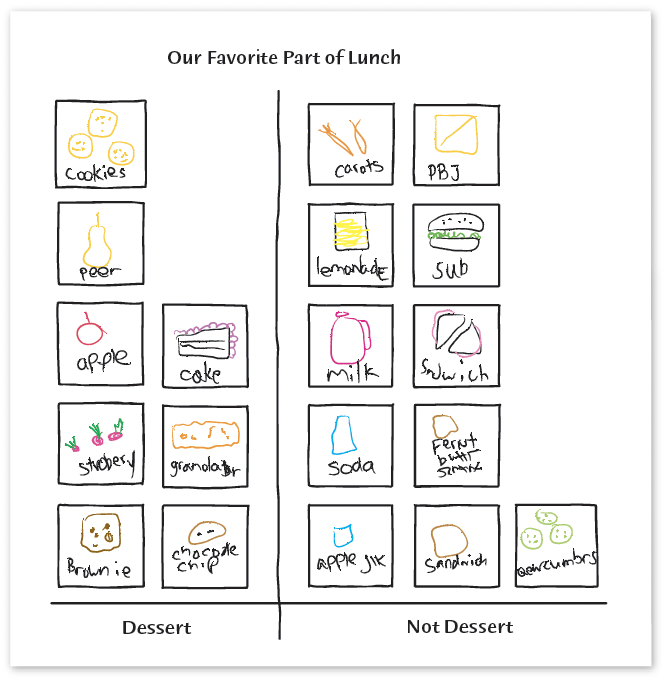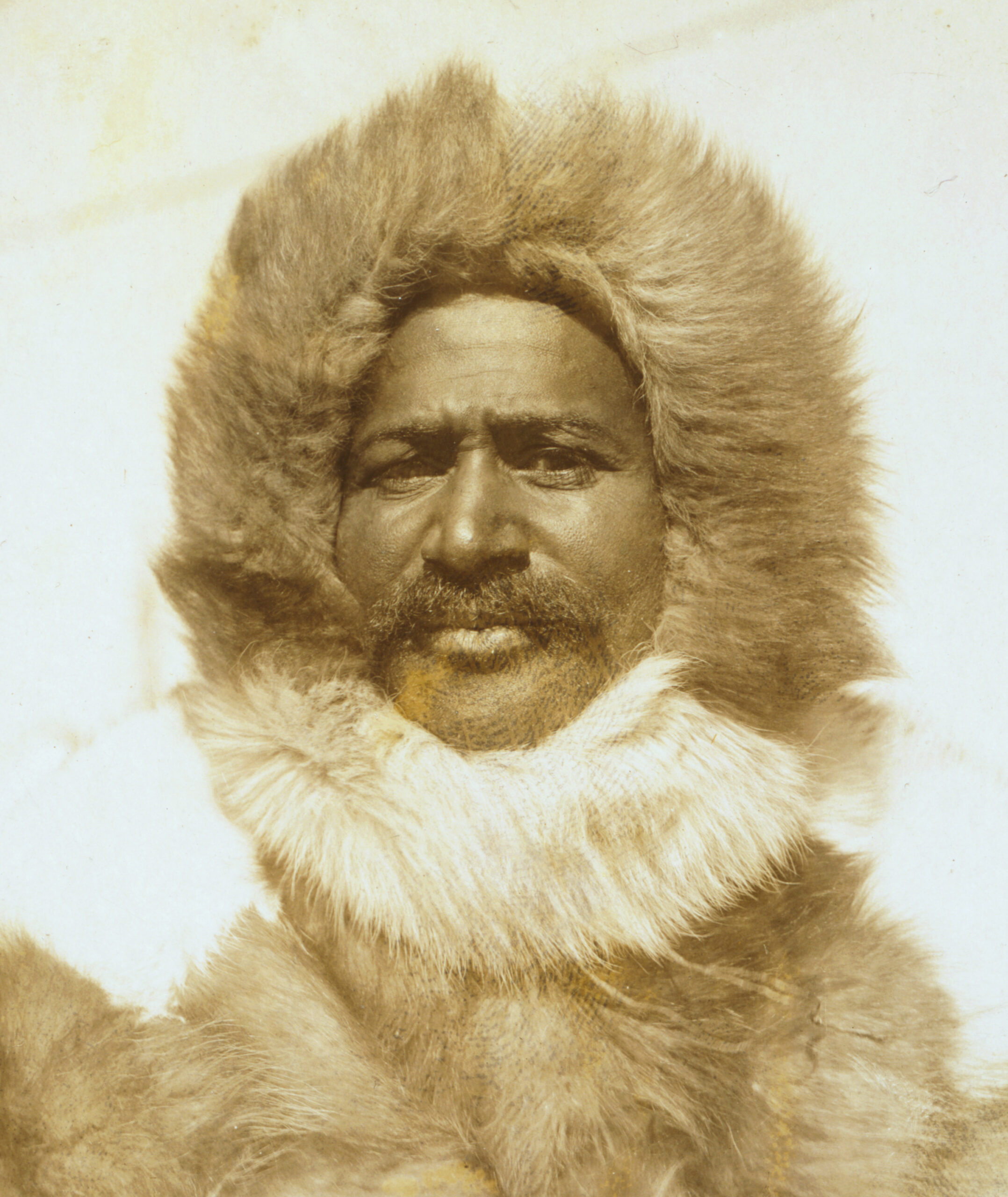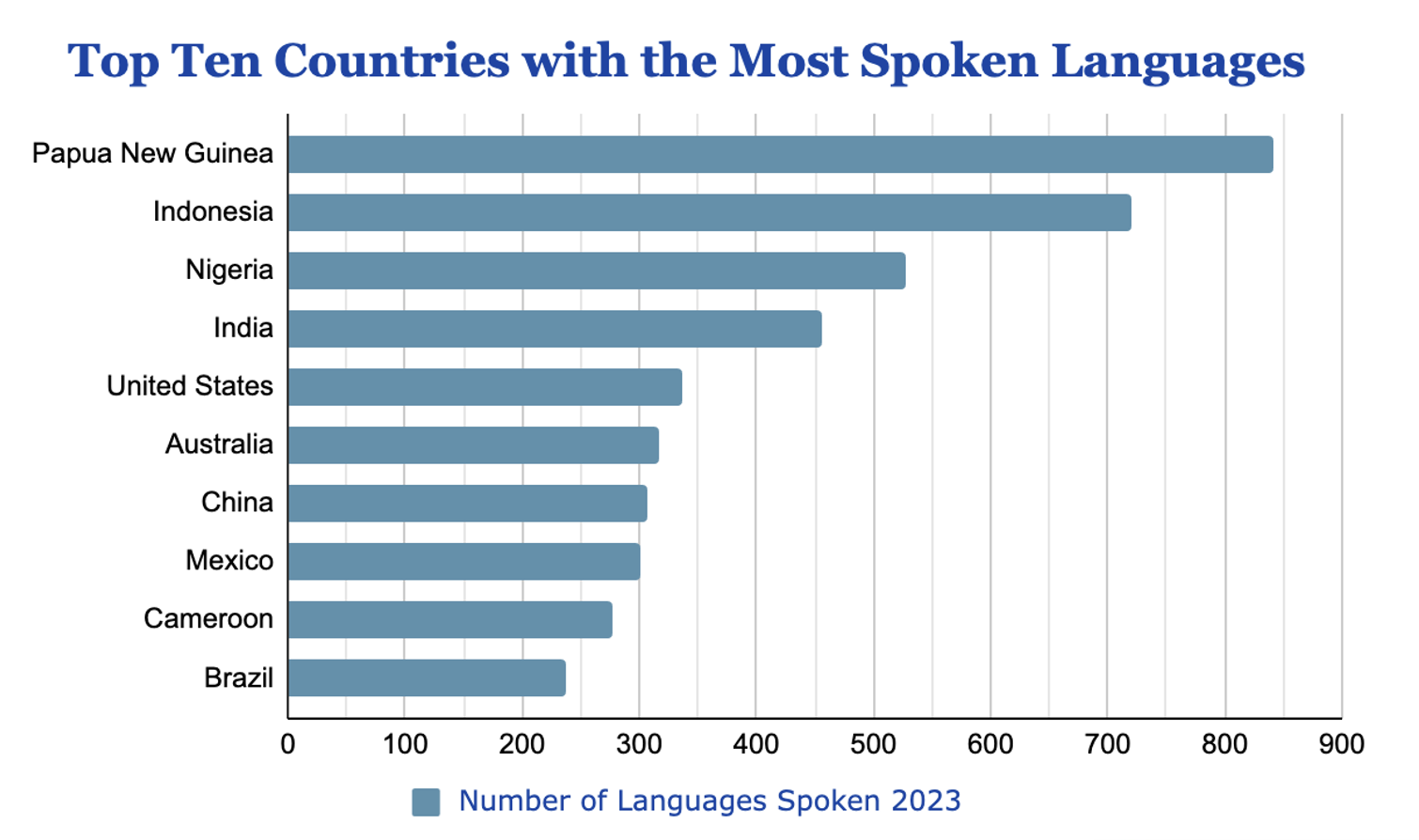Excursions: Activities That Connect Students with Their Interests, Communities and the World
April 7, 2025

“When students engage with and make sense of problems and activities that are set in contexts that are familiar or of special interest, they have opportunities to see math as useful and powerful.”
-Russell, S.J. et al., 2023, p. 11
There are many factors that contribute to the development of an equitable math learning environment. The mathematical activities that students engage in are a critical factor. Activities that are deep and rigorous and support all students in making meaningful connections between the mathematics they are learning, their interests, their communities, and the world, form the foundation. They support the development of a vibrant mathematics classroom in which all students feel that their identities are welcomed and engage actively and joyfully in learning.
When students make authentic connections between the mathematics they are learning in school and their experiences outside school, they see how mathematics relates to their lives. As stated in the Framework for Reflecting About Equity in the Elementary Mathematics Classroom, “this personal connection positively impacts [students’] mathematical identities and sense of agency… Opportunities to see their own experiences as part of the mathematics they are doing and to see mathematics as useful in their lives help students establish this connection.” (Russell et al., 2023, p. 10.)
Interested in developing resources to foster this connection, the Forum for Equity in Elementary Mathematics developed Excursions—freely available sets of related activities that encourage students to apply the mathematics they are learning to their own and others’ lives and communities. Excursions are not “extra” work for only some students, e.g., students who finish work quickly, but are meant as invitations into mathematics for every student (Russell et al. 2024).
The six Excursions developed by the Forum focus on a range of topics including favorite foods, quilts and quilt makers, spoken languages, building a city or town, and temperature data. Students engage in mathematics that connects to the topic being explored (e.g. categorizing and analyzing data or describing, composing and decomposing shapes) as they move through the four to six activities that make up each Excursion. Excursions support students in making connections between the mathematics they are learning and a range fields including art, science, history or social studies, and architecture as they engage in hands-on mathematical activities.
While the focus of each Excursion is unique, all are designed to provide every student the opportunity to:
- uncover their own diverse competencies, experience, ideas, and interests. In What Are Our Favorite Foods?, students collect and sort data about their and their families’ favorite foods. In doing so, they learn about foods in different cultures.
- apply the mathematics they are learning to a new context. In two Excursions focused on quilts and quiltmakers, students see how what they are learning about 2D shapes and patterns is critical to the art of making quilts.
- engage in new learning about aspects of mathematics in the world. In Building a Town or City, students consider how architects and builders use mathematics as they plan, design and construct a town or city made from classroom blocks.



- generate and pursue mathematical questions that interest them. In Languages in Our Class & Around the World, students ask and explore questions about which languages are spoken in the class community and in different parts of the world as they collect, analyze, and represent data about spoken languages.
- learn about people of diverse backgrounds and identities who use mathematics within a variety of fields. In Where in the World Is It Hot? Where Is It Cold? students learn about Matthew Henson, the African American explorer who participated in Robert Peary’s 1908–09 expedition in the search for the North Pole, and encounter some of the temperatures recorded in his journal.


All Excursions have been field-tested in a range of classrooms. Participating teachers reported high levels of student engagement and participation.
“We often hear from a lot of the same voices. This Excursion felt like a departure from that. There were so many more students who we don’t always hear from in math who wanted to share and were noticing things. They were excited to share their learning in a way that just felt really positive and really refreshing.” – Harriet, Field Test Teacher
Field test teachers also commented on how accessible the activities were for all their learners and how they positively impacted the class community. These and other themes will be described in upcoming blogs that will focus on each Excursion in more detail, and on what field test teachers had to say about them. Stay tuned.
References
Russell, S.J. et al. (2023). A Framework for reflection about equity in the elementary mathematics classroom. The Forum for Equity in Elementary Mathematics. Retrieved from: https://www.terc.edu/mathequityforum/framework/
Russell, S.J. et al. (2024). Excursions in mathematics: Connecting students with their interests, their communities, and the world. The Forum for Equity in Elementary Mathematics. Retrieved from: https://www.terc.edu/mathequityforum/wp-content/uploads/sites/49/2024/08/Excursions_principles_Final_081324.pdf
Search for related blog posts
